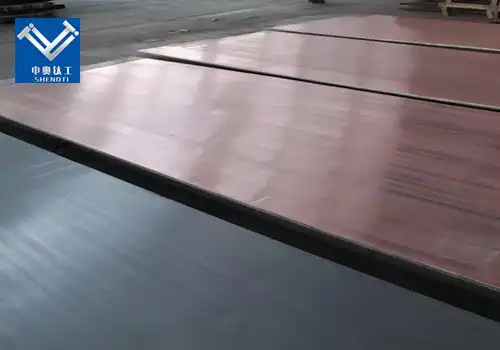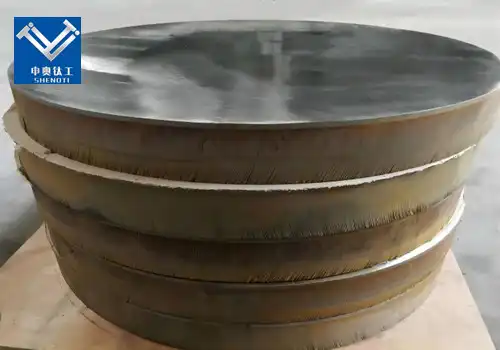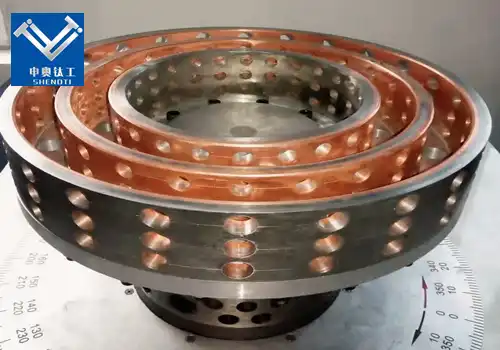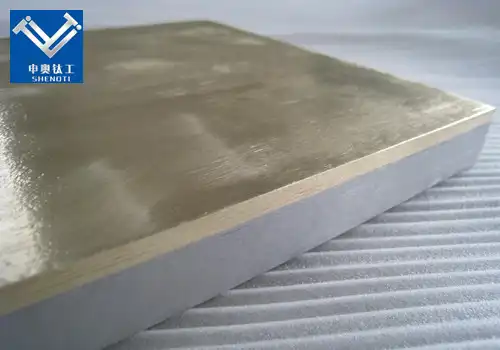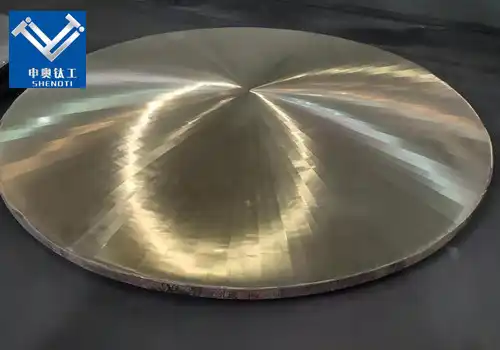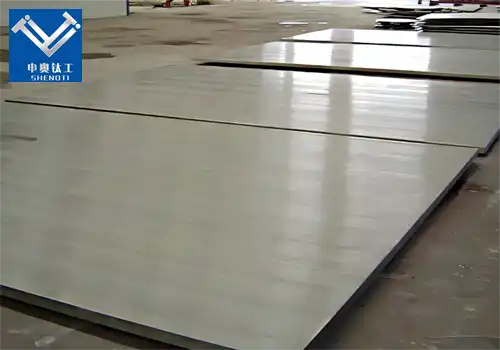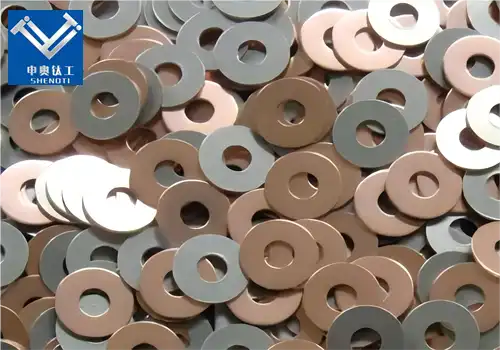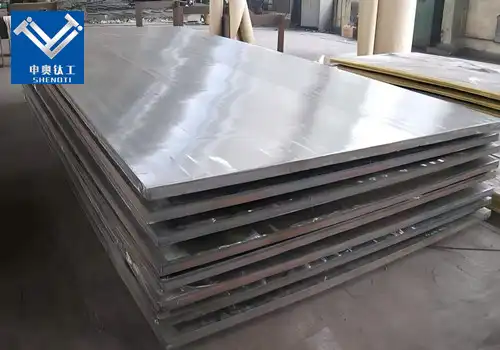
copper aluminum transition plates in power, EV battery, and aerospace applications
2025-07-04 17:13:41
What Is a Copper Aluminum Transition Plate?
A copper aluminum transition plate is a bimetallic composite material made by bonding layers of copper and aluminum. It serves as a crucial electrical and structural link between copper and aluminum components. This transition plate ensures efficient conductivity while solving the issue of galvanic corrosion that typically arises when dissimilar metals come into contact.
Such transition joints are widely used in industries such as:
New energy battery packs (EVs)
Busbar systems
Transformer terminals
Photovoltaic and wind power
Shipbuilding and aerospace
The copper aluminum transition plate allows seamless integration of aluminum and copper systems—preserving electrical performance while enhancing structural reliability.
Why Use Copper Aluminum Transition Plates in Electrical Engineering?
Dissimilar Metal Connection Challenges
When copper and aluminum are directly joined, their differing thermal expansion rates and electrochemical properties can lead to:
Increased resistance at joints
Accelerated corrosion
Heat buildup and eventual failure
The copper aluminum transition plate is the engineered solution to this challenge. It offers metallurgical bonding that resists thermal cycling and minimizes resistance.
How Are Copper Aluminum Transition Plates Manufactured?
Explosion Welding and Rolling Technology
Most copper aluminum transition plates are made using explosion welding combined with rolling. Here's how it works:
Explosion Welding: A controlled detonation bonds copper and aluminum at an atomic level, forming a high-strength, defect-free interface.
Hot Rolling: The bonded billet is hot-rolled to the desired thickness and size, enhancing the mechanical strength and ensuring a seamless structure.
This process guarantees excellent metallurgical bonding, low electrical resistance, and long-term stability under harsh conditions.
Key Features of Copper Aluminum Transition Plates
1: Outstanding Electrical Conductivity
Copper provides low-resistance pathways.
Aluminum adds light weight and cost-effectiveness.
Combined, they offer optimal current transfer with reduced energy loss.
2: Thermal Stability
These plates are built to withstand:
High current loads
Thermal cycling in EV battery systems
Harsh outdoor environments
3: Bonding Strength
Explosion bonding creates a diffusion layer between copper and aluminum, which is:
Resistant to delamination
Corrosion-proof
Stable under mechanical stress
Applications of Copper Aluminum Transition Plate
1: New Energy and EV Batteries
In battery modules, copper aluminum transition plates are used as:
Busbar connectors between copper tabs and aluminum casing
Transition joints for modular battery packs
This ensures light weight and stable current flow in electric vehicles.
2: Power Transmission and Distribution
Transition plates are ideal for:
Connecting copper terminals to aluminum busbars
Reducing system weight in switchgear and substations
Improving conductivity in high-current environments
3: Renewable Energy Systems
Used in:
Solar inverter systems
Wind turbine converters
DC junction boxes
They enable reliable dissimilar metal connections in outdoor and high-voltage settings.
How to Choose the Right Copper Aluminum Transition Plate
1: Key Factors to Consider
Current Load Capacity
Select a plate with suitable cross-sectional area.
Operating Environment
Ensure protection against corrosion or oxidation.
Bonding Quality
Always verify through testing for bond uniformity and strength.
Certifications & Standards
Look for ISO 9001, ASTM B898, and other relevant certifications.
Technical Specifications
Material Composition: T2 Copper / 1060 or 3003 Aluminum
Bonding Method :Explosion Welding + Hot Rolling
Thickness Range :1mm – 30mm
Width: 1000mm
Electrical Conductivity: > 85% IACS
Tensile Strength: ≥ 130 MPa
Peel Strength: ≥ 100 N/mm
FAQs About Copper Aluminum Transition Plates
Q1: What is the lifespan of a copper aluminum transition plate?
A: With proper installation and materials, the service life can exceed 20 years, especially in controlled environments.
Q2: Can these plates be used in marine environments?
A: Yes, if properly sealed or treated, they resist corrosion even in salt spray conditions.
Q3: Are these transition plates customizable in shape or size?
A: Absolutely. Manufacturers offer custom shapes, thicknesses, and surface treatments to meet specific design requirements.
Q4: What is the difference between a transition plate and a bimetallic lug?
A: A transition plate is generally flat and large, used for structural and electrical bonding. A bimetallic lug is smaller, for point-to-point cable connections.
Why Choose Us as Your Copper Aluminum Transition Plate Supplier?
We are a leading manufacturer and exporter specializing in explosion bonded bimetallic plates, with expertise in:
Custom sizes and alloys (TU2, T2, 1060, 3003, 5083)
Strict quality control (Ultrasonic, Shear, and Peel testing)
Fast lead times and global delivery
Our plates are already widely adopted in electric vehicles, power systems, and renewable energy projects across Europe, North America, and Southeast Asia.
Contact Us Today for High-Quality Copper Aluminum Transition Plates
Looking for reliable copper aluminum transition plate suppliers?
Get expert consultation, custom quotes, and technical guidance.
Email: zh@baojiti.com.cn
Website: shenaocladplate.com
Location: Baoji City, Shaanxi Province, China
YOU MAY LIKE











